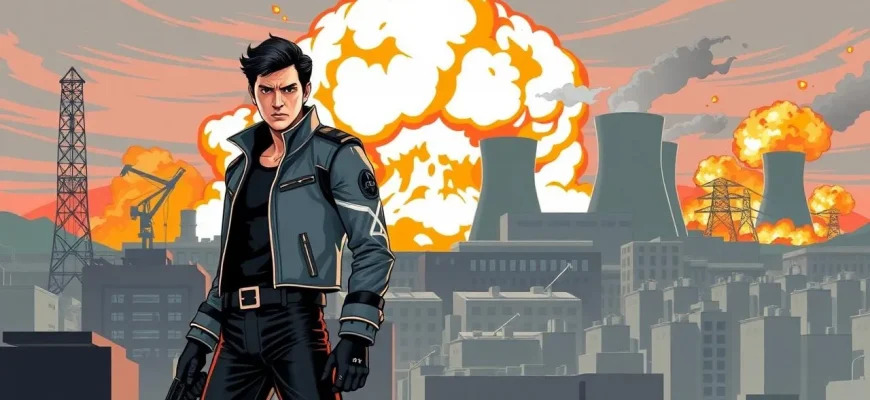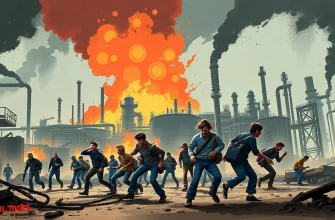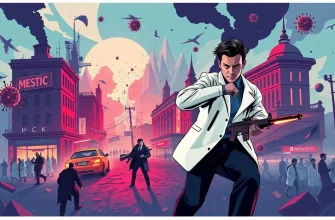If you're a fan of heart-pounding action and the chilling threat of nuclear catastrophe, then this collection is right up your alley. These films not only deliver high-octane thrills but also explore the terrifying possibilities of nuclear disasters, making them a must-watch for any action aficionado. From classic tales of Cold War tension to modern-day nuclear threats, this list has something for everyone.
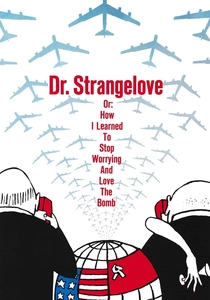
Dr. Strangelove or: How I Learned to Stop Worrying and Love the Bomb (1964)
Description: Stanley Kubrick's satirical masterpiece about a rogue general who orders a nuclear attack on the Soviet Union. It's both a comedy and a chilling critique of Cold War politics.
Fact: The film was originally intended to be a serious drama, but Kubrick decided to turn it into a dark comedy.
 Watch Now
Watch Now
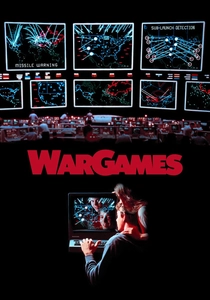
WarGames (1983)
Description: A young hacker inadvertently accesses a military supercomputer, nearly triggering a nuclear war. This film blends action with a cautionary tale about the dangers of technology and nuclear brinkmanship.
Fact: The film inspired the creation of the Computer Emergency Response Team (CERT) to address cybersecurity issues.
 Watch Now
Watch Now
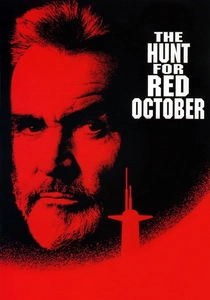
The Hunt for Red October (1990)
Description: While not directly about nuclear disaster, this film involves a Soviet submarine captain attempting to defect with a nuclear-armed submarine, raising the stakes of nuclear confrontation.
Fact: Sean Connery, who plays the Soviet captain, had to learn a Russian accent for the role, which he did by listening to tapes of Russian speakers.
 Watch Now
Watch Now
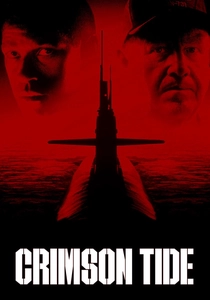
Crimson Tide (1995)
Description: A nuclear submarine crew faces internal conflict when they receive an ambiguous order to launch nuclear missiles. This film showcases the tension and psychological warfare within the confines of a submarine.
Fact: The film features a memorable confrontation between Gene Hackman and Denzel Washington, showcasing their acting prowess.
 Watch Now
Watch Now
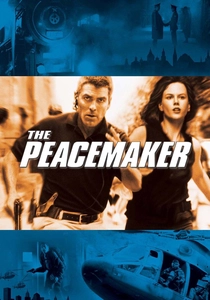
The Peacemaker (1997)
Description: A nuclear bomb stolen from Russia is on its way to New York City, and it's up to a team of experts to stop it. This film combines action with the real threat of nuclear terrorism.
Fact: The film was one of the first to depict the threat of nuclear terrorism in a post-Cold War setting.
 Watch Now
Watch Now

The Sum of All Fears (2002)
Description: Based on Tom Clancy's novel, this film follows the CIA's efforts to prevent a nuclear attack on the United States, highlighting the ever-present threat of terrorism and nuclear proliferation.
Fact: The film's plot was inspired by real-world events, including the 1995 Oklahoma City bombing.
 Watch Now
Watch Now
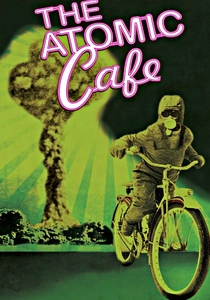
The Atomic Cafe (1982)
Description: While not an action film, this documentary uses archival footage to satirize the American government's propaganda during the nuclear age, providing a unique perspective on nuclear disaster.
Fact: The film uses no narration, relying entirely on the juxtaposition of historical footage to make its point.
 30 Days Free
30 Days Free
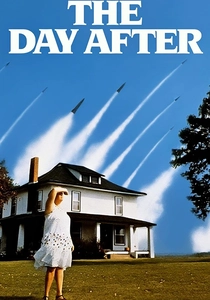
The Day After (1983)
Description: This made-for-TV movie became a cultural phenomenon, depicting the aftermath of a nuclear war between the United States and the Soviet Union. It's a stark reminder of the potential horrors of nuclear conflict.
Fact: The film was so impactful that it led to a surge in public interest in nuclear disarmament, and President Ronald Reagan watched it and was deeply affected by its message.
 30 Days Free
30 Days Free

By Dawn's Early Light (1990)
Description: This TV movie explores the aftermath of a nuclear exchange between NATO and the Warsaw Pact, focusing on the political and military decisions made in the wake of such a catastrophe.
Fact: The film was based on a novel by William Prochnau, which was inspired by real-life events and the fear of nuclear war.
 30 Days Free
30 Days Free

Fail-Safe (1964)
Description: A technical malfunction sends American bombers to attack Moscow, leading to a tense standoff between the U.S. and the Soviet Union. This film is a gripping exploration of the fail-safe mechanisms meant to prevent nuclear war.
Fact: The film was released the same year as "Dr. Strangelove," offering a more serious counterpoint to Kubrick's satirical take on nuclear war.
 30 Days Free
30 Days Free

